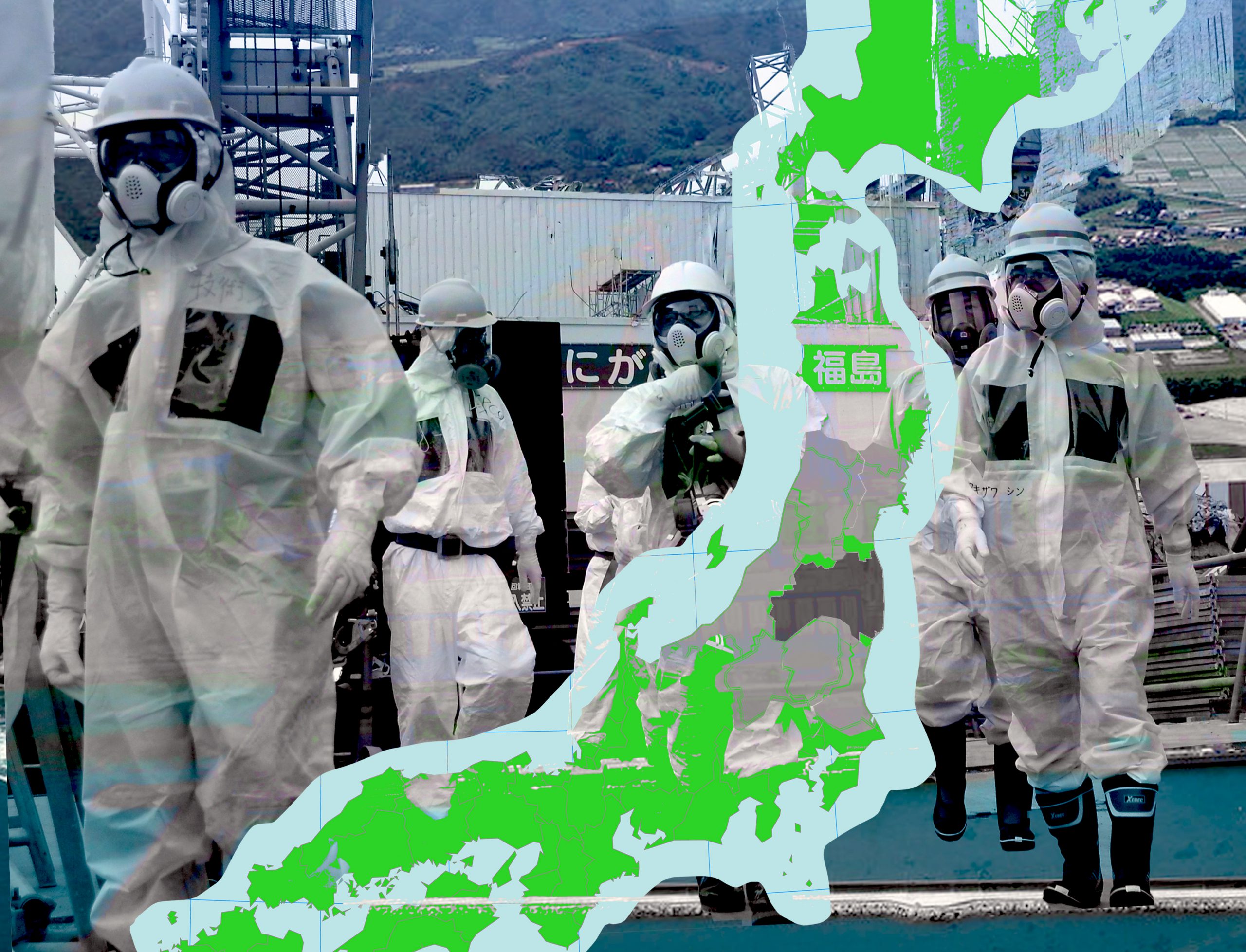Updates
High anxiety as Japan takes another step toward releasing wastewater from crippled Fukushima nuclear plant into sea
“The unprecedented, controversial disposal operation is likely to take decades. ”
BY LUCY CRAFT, CBS NEWS | July 25, 2022 cbsnews.com
Tokyo — The fishing industry around Japan’s Fukushima coast expressed disappointment and resignation over the weekend as long-expected plans to start releasing treated wastewater into the ocean from the crippled Fukushima Daiichi nuclear power plant moved one step closer to reality. The drastic measure has been adopted as the only practical way out of a dilemma that’s plagued the damaged plant for more than a decade.
Late last week, Japan’s national nuclear regulator formally endorsed the plan to discharge more than 1 million tons of wastewater from the plant into the sea off Japan’s Pacific coast. The water will be filtered first to remove about 60 radioactive isotopes, with the exception of tritium, which can’t be extracted using existing technology.
Fukushima: 11 Years Later
There is no guarantee that nuclear reactors will ever be designed, built and operated 100% correctly, forever. Mistakes do occur and the designers of reactors at Fukushima in Japan did not anticipate that on March 11, 2011 a tsunami generated by an earthquake would disable the backup systems that were supposed to stabilize the reactor after the earthquake. According to UBS AG, the Fukushima I nuclear accidents have cast doubt on whether even an advanced economy like Japan can master nuclear safety.
The current fighting in Ukraine does not help quell any fears of the massive risks of nuclear power, and in fact comparisons have been made between the situation there and Fukushima 11 years ago: “While I don’t think the plant would blow up, it would be close-in contamination to the local area like Fukushima was,” — Murray Jenne, professor of crisis response at West Texas A&M University in Canyon, Texas and a former U.S. Navy nuclear power propulsion officer. USA TODAY
11 years on, Fukushima morass still poses danger
By KARL WILSON | March 12, 2022 CHINA DAILY
On March 11, 2011, the meltdown of three nuclear reactors at the Fukushima Daiichi nuclear power plant in Japan became the world’s second-worst nuclear disaster after the plant was hit by a tsunami following a strong earthquake.
The International Atomic Energy Agency classified it as a Level 7 nuclear accident, which means it had widespread health and environmental impacts. The world’s only other Level 7 accident was at Chernobyl in Ukraine, then part of the Soviet Union, on April 26, 1986.
Japan To Dump Wastewater From Wrecked Fukushima Nuclear Plant Into Pacific Ocean
Japan’s government announced a decision to begin dumping more than a million tons of treated but still radioactive wastewater from the crippled Fukushima nuclear plant into the Pacific Ocean in two years.
Anthony Kuhn | npr.org April 13, 2021
The plant was severely damaged in a 2011 magnitude 9.0 quake and tsunami that left about 20,000 people in northeast Japan dead or missing.
Despite Tokyo’s assurances that discharging wastewater will not pose a threat to people or the environment, the decision was roundly criticized by the local fishing community, environmental groups and Japan’s neighbors. Within hours of the announcement, protesters rallied outside government offices in Tokyo and Fukushima.
Fukushima Wastewater Will Be Released Into the Ocean, Japan Says
Beyond Nuclear | beyondnuclear.org April 13, 2021
The government says the plan is the best way to dispose of water used to prevent the ruined nuclear plant’s damaged reactor cores from melting.
As reported by the New York Times.
The New York Times also ran a companion piece, focused on the official international protest of the ocean dumping, as by the neighboring governments of South Korea, China, and Taiwan.
The Washington Post has also reported on this story.
Thom Hartmann interviewed Beyond Nuclear’s Kevin Kamps on his national radio show (“Fukushima Nuclear Fish Coming to Your Plate, Happy?”). Here is the write up:
More nuclear waste is about to be released into the Pacific Ocean from Fukushima. Where it will be absorbed by plants, eaten by small fish, who are eaten by bigger fish, and concentrated through a process called “bioaccumulation.” Pretty soon those fish end up on your plate… Looking forward to a swim off the west coast? Enjoying your fish?
Here is the link to the recording of the interview.
[Corrections: The actual volume of radioactive wastewater to be dumped in the ocean is currently enough to fill around 500 Olympic-sized swimming pools; the dumping is not set to begin until a couple years from now, not before the Tokyo Olympics.]
Nuclear Power Looks to Regain Its Footing 10 Years after Fukushima
Economics may play a stronger role than fear in steering nuclear power toward a slow decline.
“The pace of nuclear technologies’ progress could also be a factor in clean-energy strategies turning away from such power generation. Small modular reactors, along with other experimental designs, are not expected to begin commercial operations (or even testing) until the 2030s at the earliest, according to the DOE. This suggests that small reactors are unlikely to make a meaningful difference in reducing carbon emissions within the next 20 years. And at that point, they will have to compete in a future energy landscape that has been transformed even further by cheaper renewables and energy-storage technologies.”
“One imagines that solar will be more ingrained and cheaper, wind may be more ingrained and cheaper, the offshore wind will be developed, maybe batteries will be better developed, and storage will be better developed,” says Allison Macfarlane, who was chair of the NRC in 2012–2014. “That’s the market nuclear will have to compete in.”
By: Jeremy Hsu| scientificamerican.com March 9, 2021
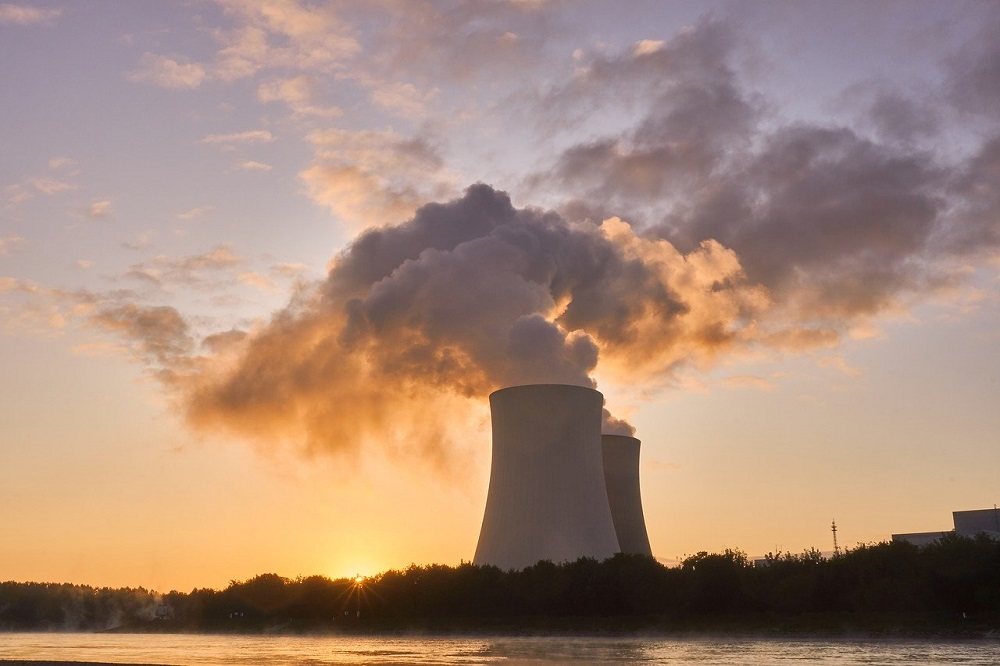
Nuclear power faces a wobbly future 10 years after an earthquake and tsunami triggered a triple reactor meltdown at the Fukushima Daiichi plant in Japan. But the industry’s unstable footing has less to do with the Fukushima accident—and more to do with how a natural gas glut and the rise of renewable power have transformed the global energy landscape.
Fukushima has certainly left its mark on the nuclear industry. When the Tohoku earthquake and tsunami occurred on March 11, 2011, there were 54 nuclear reactors in Japan. Since then about a third of them have been permanently shut down, and only nine have resumed operation.
“In Japan, [the accident is] still an outsize event,” says Edwin Lyman, director of nuclear power safety at the Union of Concerned Scientists. “It not only had direct and indirect environmental consequences that they’re still dealing with—and a price tag of hundreds of billions of dollars to clean it up—but also it shattered the confidence of the Japanese people in nuclear power, which the authorities had always assured them was totally safe.”
Additionally, the accident spurred regulatory reviews of nuclear power worldwide and accelerated a preexisting plan in Germany to completely phase out nuclear power by the end of 2022. Other countries, including Spain, Belgium and Switzerland, are in the process of doing so within the next 14 years.
Actual amount of radioactive contamination caused by the March 2011 Fukushima Daiichi Nuclear Power Plant accident, as revealed by Japanese citizen scientists
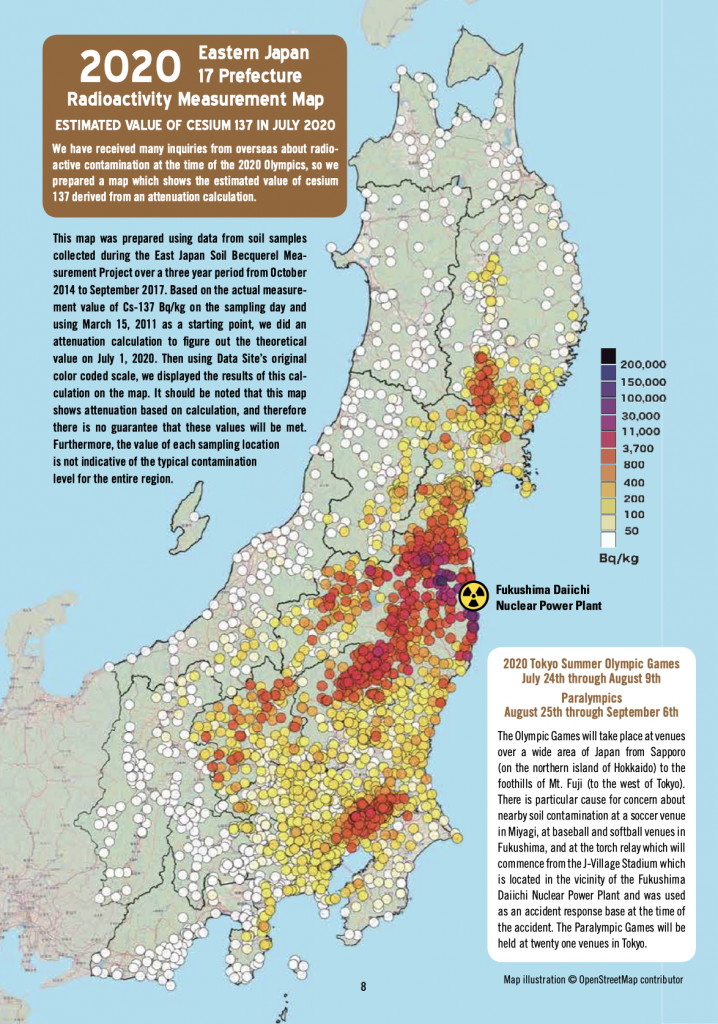
As a result of this investigation, [Minna-no Data Site] determined that the radioactive contamination was by no means limited to Fukushima Prefecture and that one hundred years from now there will still be several highly-contaminated areas where humans should not live.
Uninhabitable: Booklet by Citizen Scientists Uncovers True Extent of Radioactive Contamination in Japan’s Soil and Food
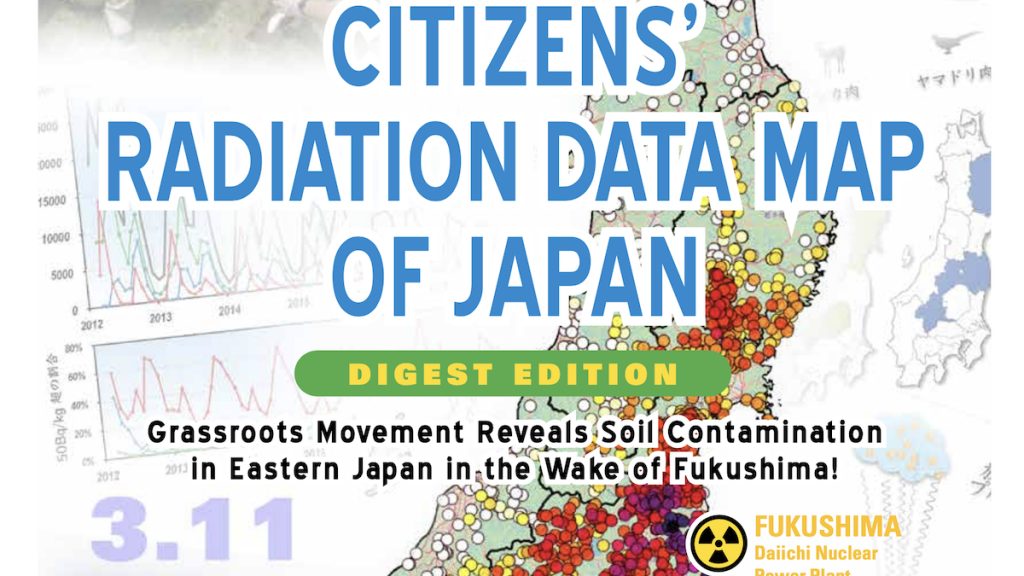
“As a result of this investigation, we determined that the radioactive contamination was by no means limited to Fukushima Prefecture and that one hundred years from now there will still be several highly-contaminated areas where humans should not live.
Now, eight years after the accident, not only has the government yet to establish a criterion for radioactive concentration in the soil, but the authorities are continuing to enforce the policy of compelling people to return to their homes if the air dose rate goes below 20 mSv/year.”
By: beyondnuclearinternational
From Minna-no Data Site, a citizen’s collaborative radioactivity monitoring project
Minna-no Data Site (Everyone’s Data Site) is a network of 30 citizens’ radioactivity measurement laboratories from all over Japan.
After the 2011 Fukushima accident, many independent citizen-operated radioactivity measurement laboratories sprang up across Japan.
In September 2013, a website called “Minna-no Data Site” was established in an effort to integrate all of the radioactivity measurement data into a common platform and disseminate accurate information in an easy-to-understand format.
9th Anniversary of Fukushima Daiichi Nuclear Disaster
Nine years have passed since the Great East Japan Earthquake and ensuing tsunami struck the Tohoku region on March 11, 2011, causing the disastrous accident at the TEPCO Daiichi nuclear power plant. The impacts of this nuclear disaster continue to this day.
We join together with people around the world to stand with the victims and continue working towards a peaceful world without nuclear power and nuclear weapons.
Near site of Fukushima nuclear disaster, a shattered town and scattered lives
NAMIE, Japan — Noboru Honda lost 12 members of his extended family when a tsunami struck the Fukushima prefecture in northern Japan nearly eight years ago. Last year, he was diagnosed with cancer and initially given a few months to live.
Today, he is facing a third sorrow: watching what may be the last gasps of his hometown.
For six years, Namie was deemed unsafe after a multiple-reactor meltdown at the Fukushima Daiichi Nuclear Power Plant following a 2011 earthquake and tsunami. In March 2017, the government lifted its evacuation order for the center of Namie. But hardly anyone has ventured back. Its people are scattered and divided. Families are split. The sense of community is coming apart.
On the 7th Anniversary of Fukushima Disaster, It’s Still a Long Way From Over
7 years on, the decontamination process scheduled for March 2018 has been suspended due to “extremely high” radiation levels (one hour, you’re dead). (ref)
Russia Will Help Japan Clean Up Fukushima Disaster
Russian President Putin made the announcement at the Eastern Economic Forum in Vladivostok, Sept 7.
“Officials say the decommissioning of the wrecked Fukushima reactors will take several decades, and according to some estimates, the cost could reach $200 billion.”
Navy Families Sue Fukushima Operators for Wrongful Death
Families of five Navy service members who died after responding to the Fukushima nuclear meltdown have sued Tokyo Electric Power Co., blaming the deaths on radiation illnesses contracted from the March 2011 disaster.
The families will join a lawsuit from 152 other members or survivors of members of the 7th Fleet who performed humanitarian response from March 11, 2011 until March 14, when the USS Ronald Reagan aircraft carrier was moved away from Fukushima due to detection of nuclear radiation in the air and on helicopters returning to the ship.
“Nuclear power robbed us of everything. We still can’t go into the forests. Families with children used to go into the forest to gather wild plants and teach about nature. That was a common practice, taken for granted. But today we can’t do any of that.” — Kenichi Hasegawa, a former dairy farmer in Namie Town, Fukushima
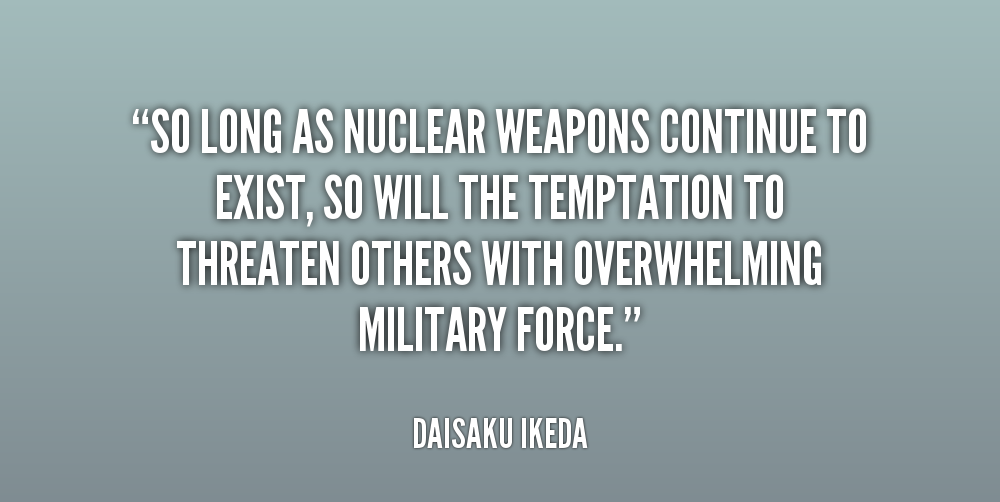
Nine years have passed since the Great East Japan Earthquake and tsunami struck the Tohoku region on March 11, 2011, causing the ensuing accident at the Fukushima Daiichi nuclear power plant. The effects of this disaster are ongoing: radiation contaminated a large area and has had serious impacts on the environment and the livelihoods that depended so much on the natural environment.
With sadness but no ceremony, Japan marks disaster anniversary
Natalia Manzurova
Natalia Manzurova, one of the first responders and “liquidators” at the Chernobyl disaster.
Related: “After Fukushima and Chernobyl, Nuclear Industry Has Learned Nothing”
Greenpeace 4/27/12
Japan’s Ex-Prime Minister Naoto Kan
Fukushima Meltdown was Worse Than Chernobyl; Why He Now Opposes Nuclear Power
Democracy Now exclusive interview, March 11. 2014

